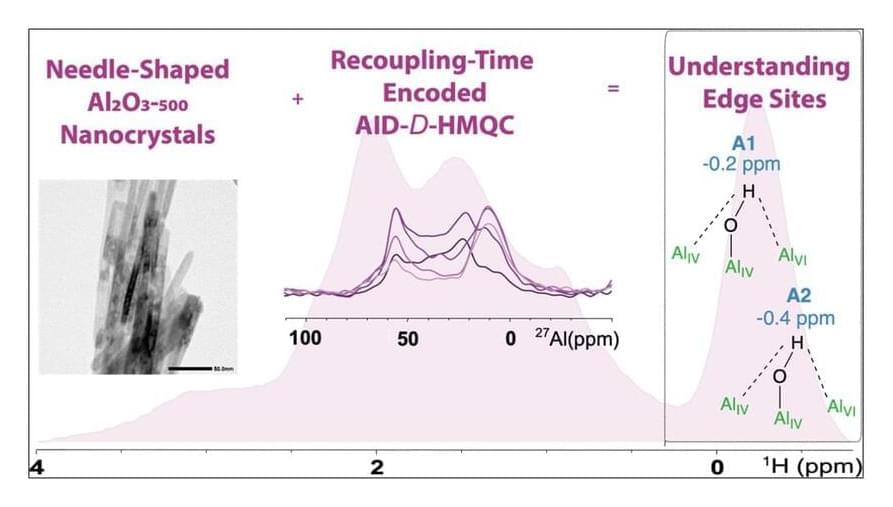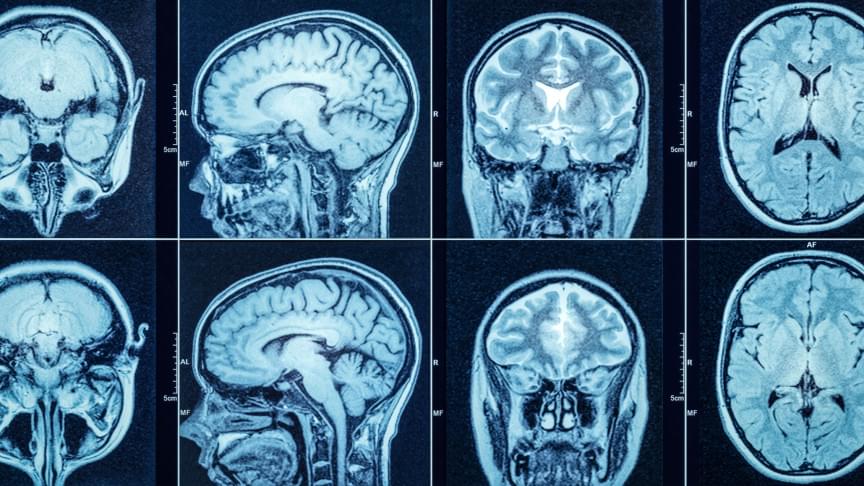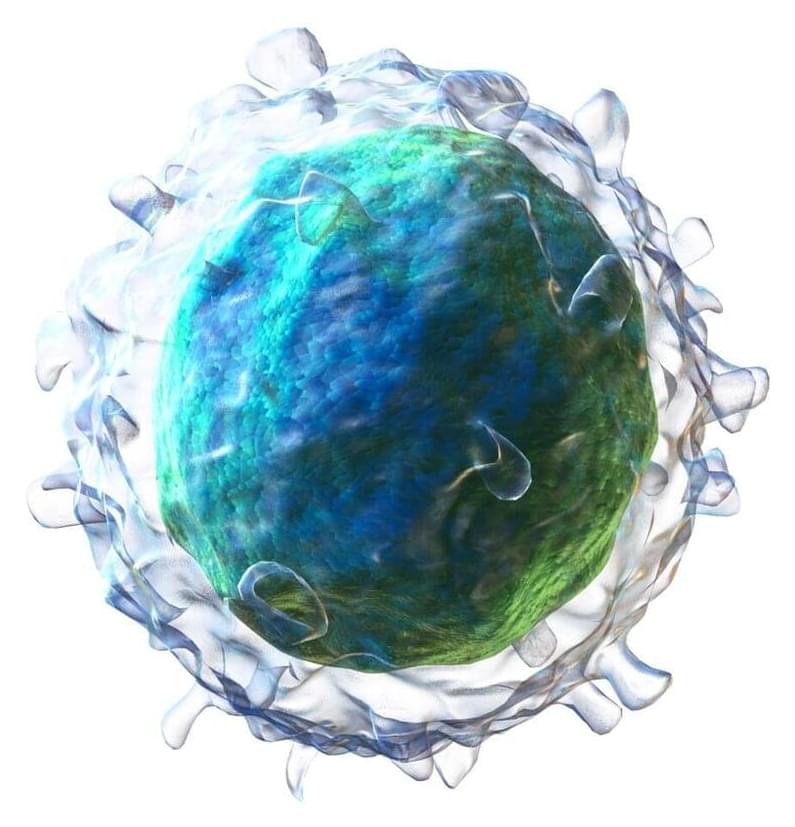The image from the Hubble Space Telescope shared this week shows a “serpentine” galaxy with winding, snake-like spiral arms, and is appropriately enough located in the constellation of Serpens, or The Snake. Technically known as NGC 5,921, the galaxy is located 80 million light-years away.
The galaxy NGC 5,921 is a type called a barred spiral galaxy, like our Milky Way. The bar refers to the strip of bright light across the center of the galaxy, which is a region of dust and gas where many stars are born — hence why it glows brightly. Around half of known galaxies have bars, and researchers think that they develop as galaxies get older and dust and gas are drawn in toward their center by gravity.
The image was taken as part of a Hubble study into how the supermassive black holes at the hearts of galaxies relate to the stars within them. Hubble used its Wide Field Camera 3 instrument to take the image, which was combined with data from the ground-based Gemini Observatory.







